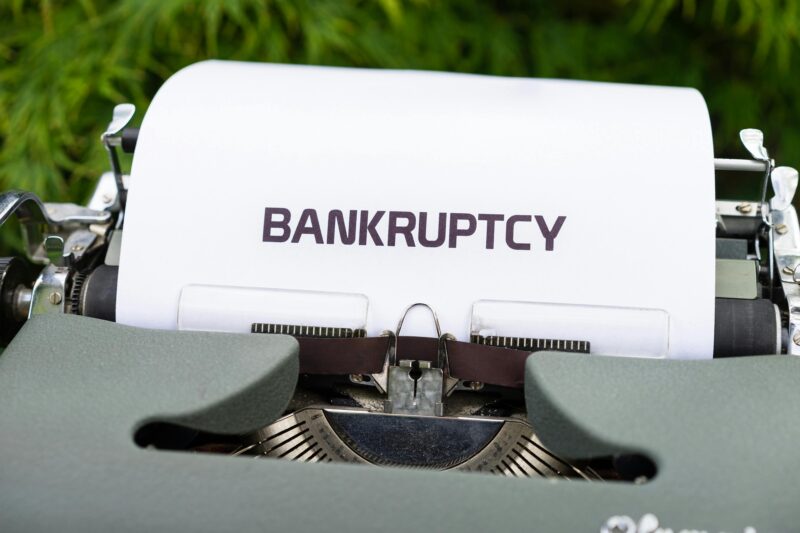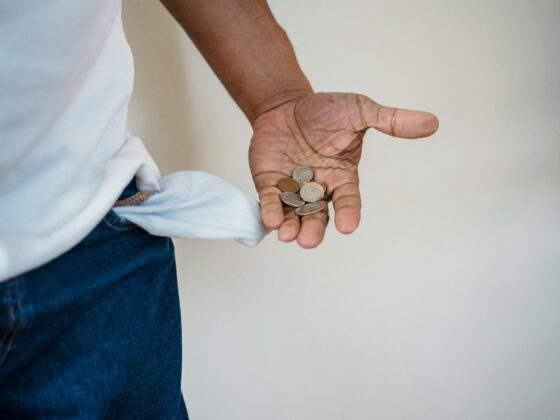Is Bankruptcy A Good Idea? What to Expect

Many people explore how to get out of debt without filing bankruptcy, hoping to avoid the long-term consequences bankruptcy can bring. However, when debts spiral beyond manageable limits, bankruptcy may emerge as a necessary, though serious, solution. This article helps you understand when bankruptcy might make sense—and walks you through what to expect if it becomes unavoidable.
1. What Does Bankruptcy Really Do?
Bankruptcy is a legal process designed for individuals and businesses unable to meet debt obligations. In the U.S., the most common forms are:
- Chapter 7: Liquidates most assets to repay creditors, offering discharge of qualifying debts.
- Chapter 13: Sets up a repayment plan over 3–5 years, allowing partial debt repayment based on income.
Important limitations:
- Not all debts are dischargeable—child support, alimony, certain tax liabilities, and student loans (in many cases) usually remain.
2. How to Get Out of Debt Without Filing Bankruptcy
Before considering bankruptcy, many succeed through alternative routes:
a) Credit Counselling & Debt Management Plans (DMPs)
With help from certified nonprofit credit counselling agencies, you can get budgeting advice and a structured debt management plan—an informal agreement where creditors may reduce your interest rates while you make one consolidated monthly payment.
b) Debt Consolidation Loans
Combining multiple debts into a single loan at a lower interest rate can simplify repayment and reduce total interest paid.
c) Negotiating Directly with Creditors
You can request extended repayment terms, lower interest rates, or even partial forgiveness. Always get agreements in writing..
d) Formal Alternatives in the UK
- Individual Voluntary Arrangements (IVAs): Formal, court-approved repayment plans lasting up to 5 years. Applicable when you have a steady income and multiple debts.
- Debt Relief Orders (DROs): For low-income individuals with minimal assets and debts under £50,000, a DRO freezes debts for a year, then writes them off if circumstances don’t improve.
- Other Tools: In Scotland, the Debt Arrangement Scheme (DAS), Protected Trust Deeds, or Administration Orders offer structured alternatives to bankruptcy.
These solutions may help answer the question of how to get out of debt without filing bankruptcy, while minimising legal and credit consequences.
3. When Bankruptcy Becomes the Sensible Option
Despite the alternatives, bankruptcy may be the most practical route if:
- You have no realistic income or assets to repay creditors.
- Your mental or physical well-being is severely impacted by debt stress.
- All other solutions—DMPs, IVAs, DROs—are impractical or unavailable.
- You’re facing overwhelming secured debts or have had multiple failed informal arrangements.
Sometimes, bankruptcy offers a clear legal break and the chance to rebuild your life—though the fallout should not be underestimated.
4. What to Expect When Filing for Bankruptcy
If bankruptcy becomes necessary, here’s what typically happens:
| Step | What to Expect |
|---|---|
| Credit Counseling | Mandatory first step in some jurisdictions to ensure you understand options. |
| Filing Process | Submit financial statements; the court may appoint a trustee to oversee your case. |
| Asset Liquidation | (Chapter 7) Some assets sold to repay creditors; exemptions may apply. |
| Repayment Plan | (Chapter 13) Pay based on a structured schedule over several years. |
| Debt Discharge | Eligible debts are cleared. Stays on credit report for up to 10 years. |
| Rebuilding Begins | Focus on rebuilding credit—secured cards, budgeting, and gradual progress. |
Credit hurdles aside, bankruptcy can be a structured, legal route to regain control.
Conclusion
Deciding how to get out of debt without filing bankruptcy often hinges on understanding the full spectrum of options. From debt management plans and negotiating with creditors to IVAs or DROs, there are effective—and less damaging—paths to financial recovery. Bankruptcy remains a last resort, but in certain scenarios, it provides the cleanest break and a necessary fresh start.









